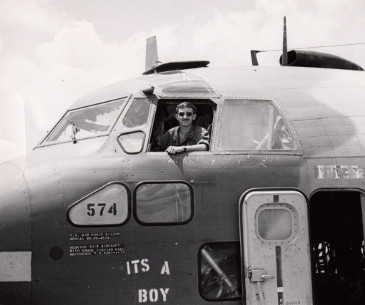The No Longer Invisible Angle of Attack: AOA Indicators
Learn to Fly
JULY 11, 2024
What can pilots do to prevent this? During your student pilot training you are taught to rely on speed and the 1G stall speed to avoid stalls. This happens regardless of weight, bank angle, temperature, density altitude, or center of gravity. Without an AOA indicator, the AOA is invisible to pilots.

















Let's personalize your content